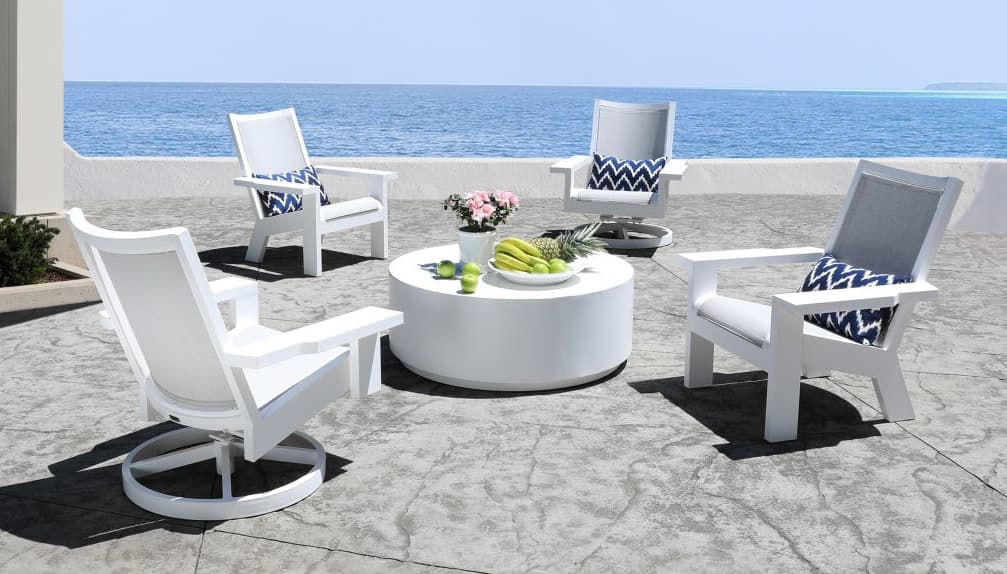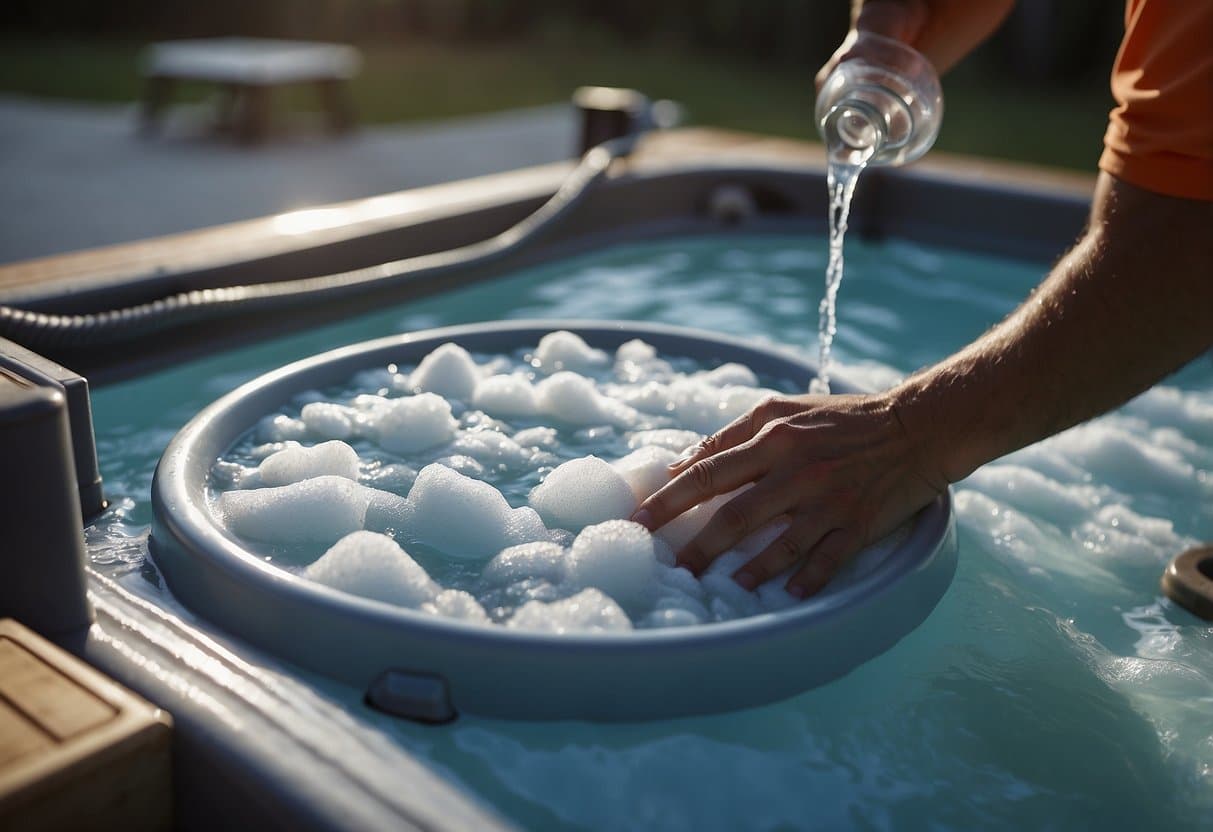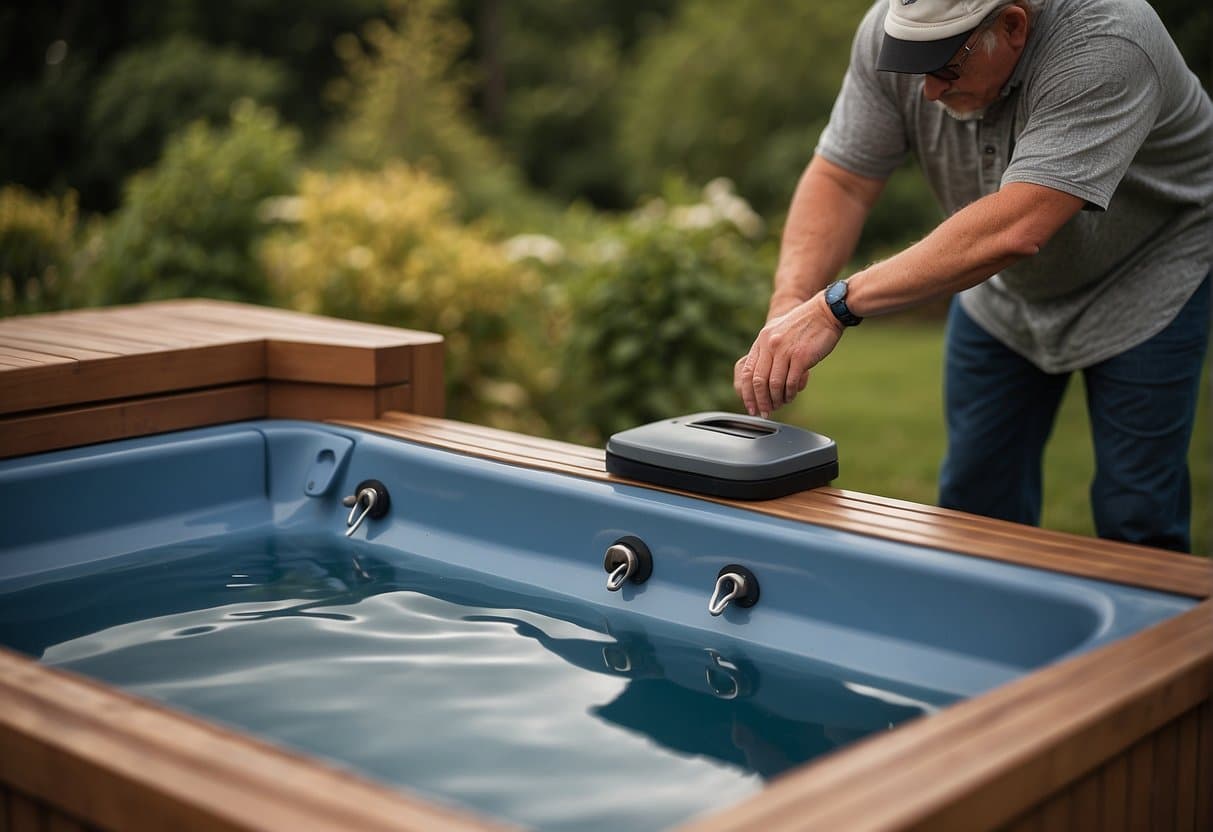The summer is here and the first item on the agenda is to bust out your patio furniture from storage. To get the freshest look from your collection, you’re going to need to know how to clean patio furniture properly. Follow these simple steps to breathe new life into its look and get your collection in tip-top shape.
Give your patio set a dry-rub down
With a dry brush or cloth, remove any loose dirt, leaves and dust that have most likely attached themselves to your beloved patio set. No sense in fighting against the grime when it’s wet when you can get most of it off with a good dry-wiping once-over.
Remove loose, lingering dirt with a hose
If it’s plastic, metal, wood or fabric that has been made for the outdoors, you’ve got the green light to give them a good old hose down. Loosen any lingering grime that is threatening the freshness of your outdoor digs. A refreshing rinse will make cleaning your set that much easier.
Breathe life back into your patio collection
The approach you take to cleaning your outdoor furniture will depend on the material you’re cleaning. Here are the particulars for the various types of material in your typical garden furniture collection.
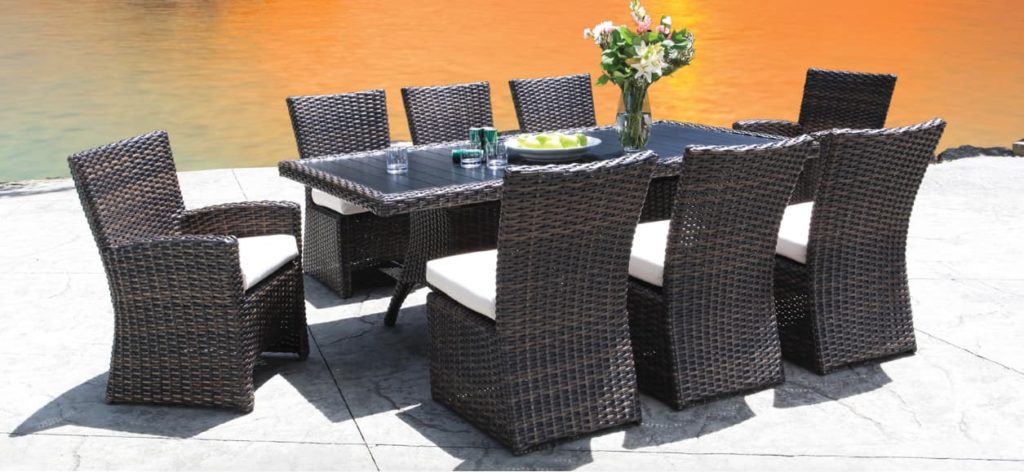
How to clean plastic patio furniture
For materials like plastic, you can simply grab an all-purpose cleaner and wipe it down to get it looking freshest. This holds for cast aluminum and resin furniture as well. Do not use abrasive material (brushes or abrasive cleansers) as this can leave scuff marks on your patio set.
How to clean wrought iron, stainless steel, metal furniture
For metal such as wrought iron and steel, you can use a bit of dish soap in a bucket of water to get the job done. If there’s any rust you should use steel wool to remove it and refinish the piece to protect it from any further oxidation.
You can completely refurbish the newness of your furniture with little expense by spray painting with the colour of your choice. You can also wax apply a coat of wax to summon a new shine (same goes for plastic).
How to clean teak and natural wood finishes
If you have teak or other wicker furniture that is composed of natural wood fibre, it’s best to opt for a more gentle approach to cleaning. Use a soft sponge with mild oil soap or any commercial product designed specifically for cleaning wood.
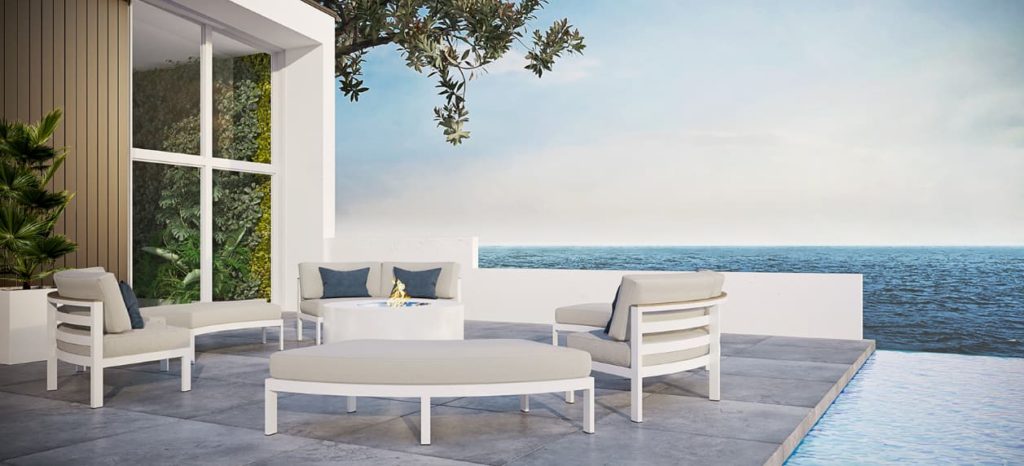
How to clean outdoor fabric (cushions, umbrella’s and rugs)
Mix a solution consisting of 1L water and one teaspoon of dishwashing detergent. You can add a tablespoon of Borax if you really want to get wild. Borax is a salt of boric acid and will prevent mould and bacteria from growing in your cushions, seats and rug.
Fun Fact: Borax was banned in the UK for claims of adverse effects on the reproductive system (this was only tested on mice and rats and occurred when ingested at high doses). Maybe skip the Borax just to be on the safe side…
Soak your sponge or cloth, or heavily spray your solution on all sides of the fabric you’re cleaning.
Rinse the solution out with a hose at high pressure.
Let the cushions dry in direct sunlight.
Spray your cushions/rug with fabric protector before they are completely dry.
We’re here to help
Canadian Home Leisure offers a wide variety of outdoor patio furniture that comes in many different materials and fabrics. If you’re ever unsure about how to clean patio furniture, we’re here to help. Don’t hesitate to send us a message or call us to answer any questions you might have.

